What Are Low Voltage Current Transformers and How Do They Work?
Low Voltage Current Transformer (LVCT)
Low voltage current transformers, often abbreviated as LVCTs, are devices used to convert high currents in a primary circuit to a lower, safer current in a secondary circuit. They are essential for protecting and measuring electrical systems, particularly in power distribution networks.
Working Principle
The core of an LVCT is a toroidal or ring-shaped magnetic core made of materials with high magnetic permeability. When the primary current flows through the windings around this core, it creates a magnetic flux, which induces a proportional current in the secondary windings. The advantage of LVCTs is their ability to step down high currents to levels that can be easily measured by meters or protective relays, ensuring the safety of personnel and equipment.
Applications
Low Voltage Current Transformer are widely used in various applications, including:
- Metering: For measuring electrical energy consumption in residential, commercial, and industrial settings.
- Protective Relaying: To detect faults and overloads in electrical systems, initiating protective actions like circuit breaker trips.
- Control Systems: In automation and control systems to monitor and regulate current flow.
Advantages
- Safety: Reduces the risk of electrical hazards by stepping down high currents.
- Accuracy: Provides precise current measurements for reliable system monitoring.
- Cost-Effectiveness: Reduces the cost of metering and protection equipment by using standard, lower-rated devices.
Understanding the functionality and applications of LVCTs is crucial, but so is addressing common questions that may arise. Here are some FAQs about low voltage transformers:
What is the difference between a LVCT and a high voltage transformer?
While both types of transformers are used to change voltage levels, a high voltage transformer is designed to handle much higher voltages and currents, often found in transmission lines, whereas a LVCT is used in lower voltage applications, such as in distribution networks and industrial settings.
Are Low Voltage Transformer always used in metering applications?
Low Voltage Transformer are versatile and can be used in various applications beyond metering, including protection and control systems. However, they are commonly associated with metering due to their accuracy and safety features.
How do I know if my system requires a Low Voltage Transformer?
If your system needs to measure or protect against high currents at a safe and manageable level, a Low Voltage Transformer is likely required. Engineers and electricians can assess the specific needs of your system to determine the necessity and specifications of a Low Voltage Transformer.
Can Low Voltage Transformer be used in outdoor applications?
Low Voltage Transformer can be used outdoors, but they must be housed in protective enclosures to withstand environmental conditions such as moisture, dust, and temperature.
What is the lifespan of a Low Voltage Transformer?
The lifespan of a Low Voltage Transformer can vary depending on the quality of the product, the conditions it operates under, and the care it receives. With proper maintenance and in suitable conditions, a LVCT can last for many years.
Metering Current Transformer
Metering is a critical aspect of energy management, and metering current transformers play a significant role in this process. These transformers are used to measure the amount of electrical energy consumed by a system or a customer.
Functionality
Metering Current Transformer are designed to accurately measure current in a circuit, which is then used to calculate energy usage. They are calibrated to provide a precise output at specific current levels, ensuring that energy consumption is accurately billed.
Importance in Energy Management
- Billing: Accurate metering ensures fair billing for energy consumption.
- Load Management: Helps in understanding the load patterns and managing peak demands.
- Energy Efficiency: Enables the identification of inefficiencies and the implementation of energy-saving measures.
Types of Metering Current Transformer
- Wound Type: Consists of a primary winding and a secondary winding, with the secondary providing the metering output.
- Resistor Type: Uses a resistive burden to provide a metering output, often simpler and less expensive than wound types.
Installation Considerations
- Location: Should be installed in a dry, well-ventilated area to prevent overheating.
- Load Balancing: Properly balanced loads ensure accurate metering and reduce the risk of damage to the transformer.



 English
English  Français
Français  中文简体
中文简体  русский
русский  Español
Español  عربى
عربى 



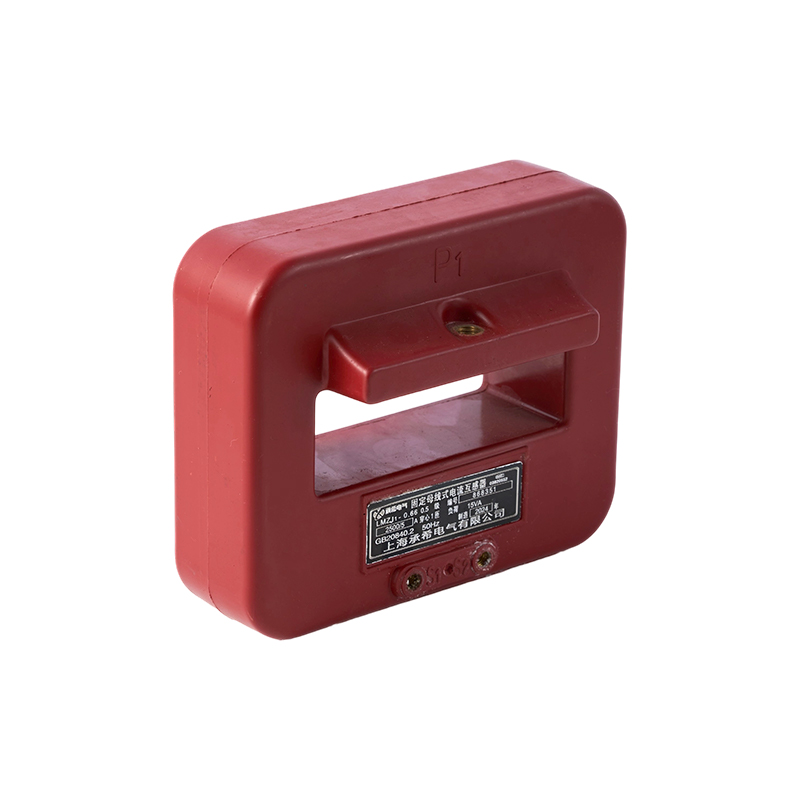
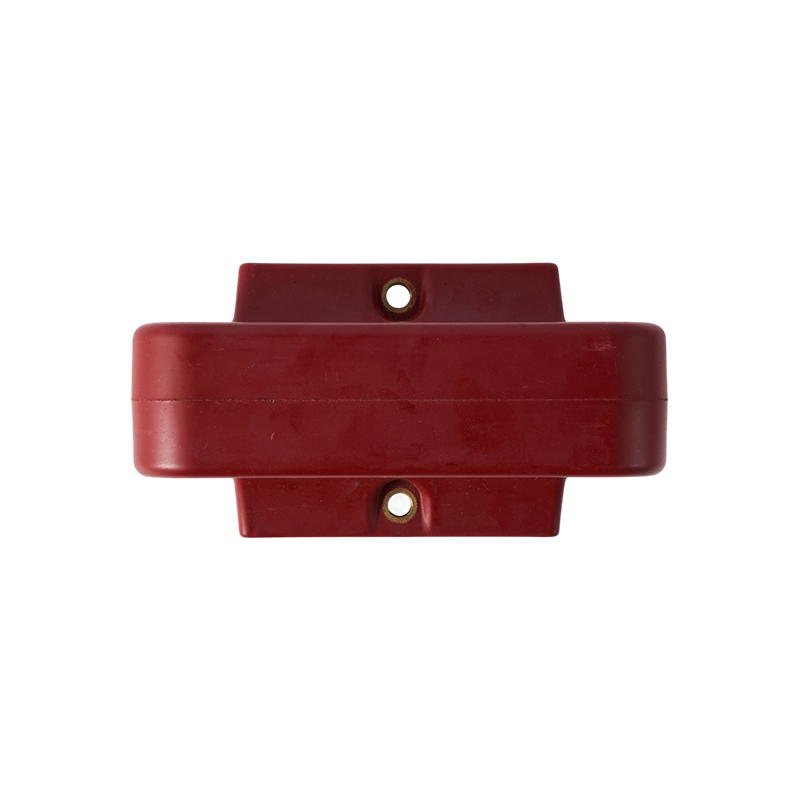
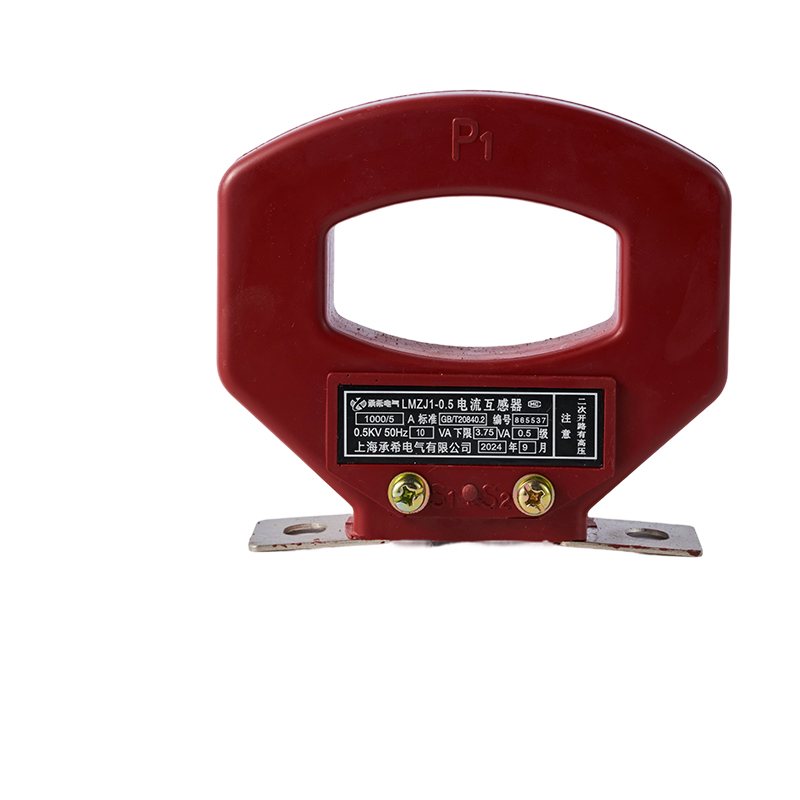


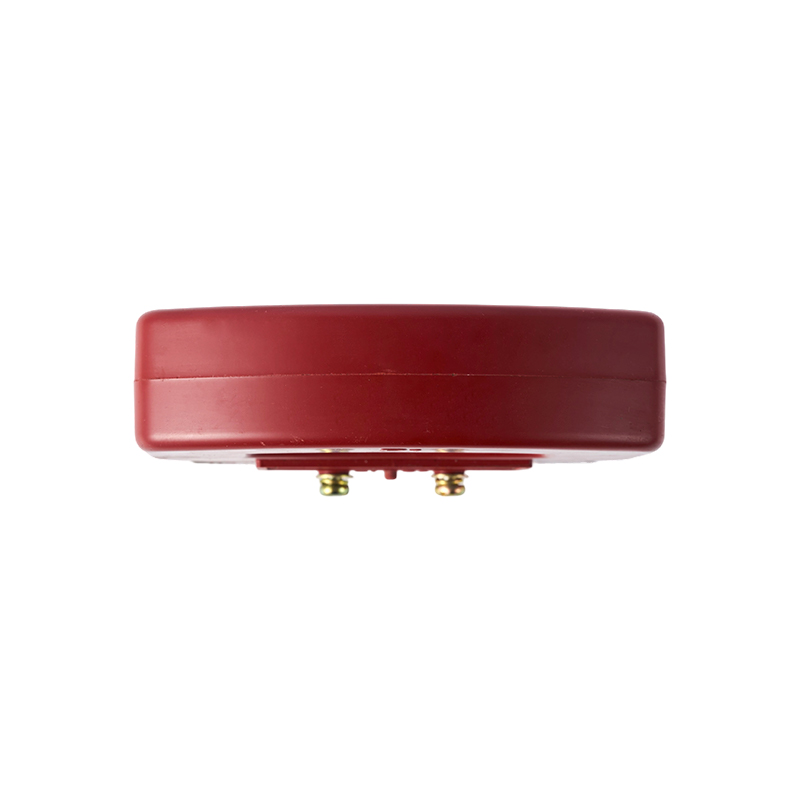


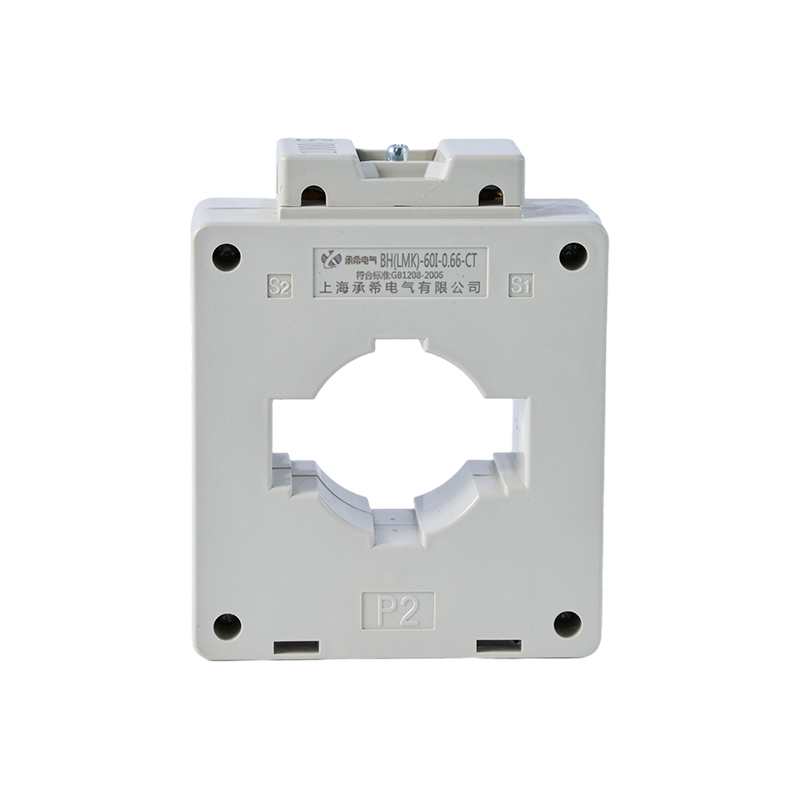



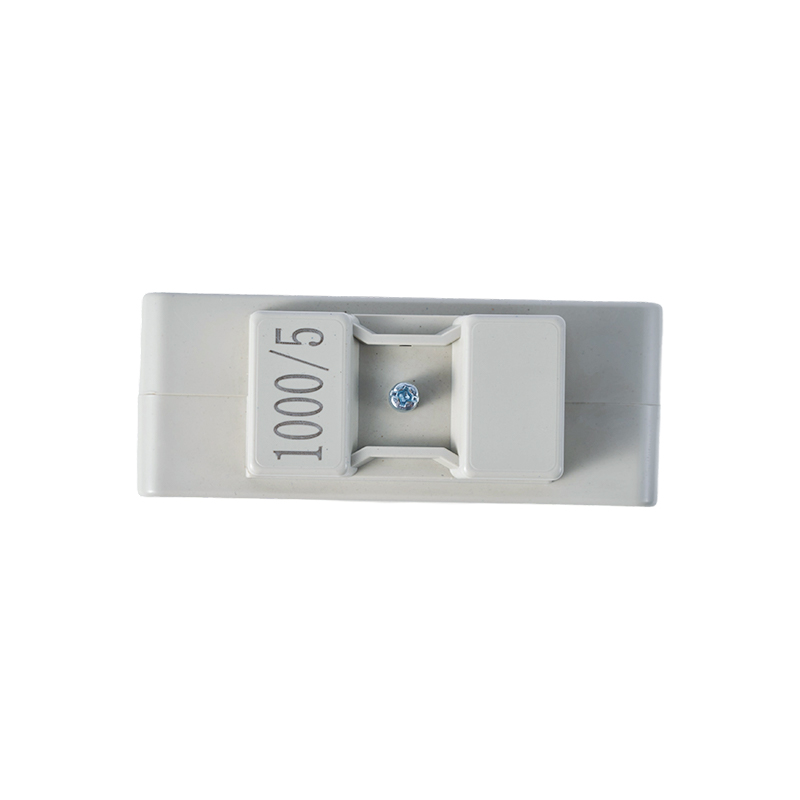














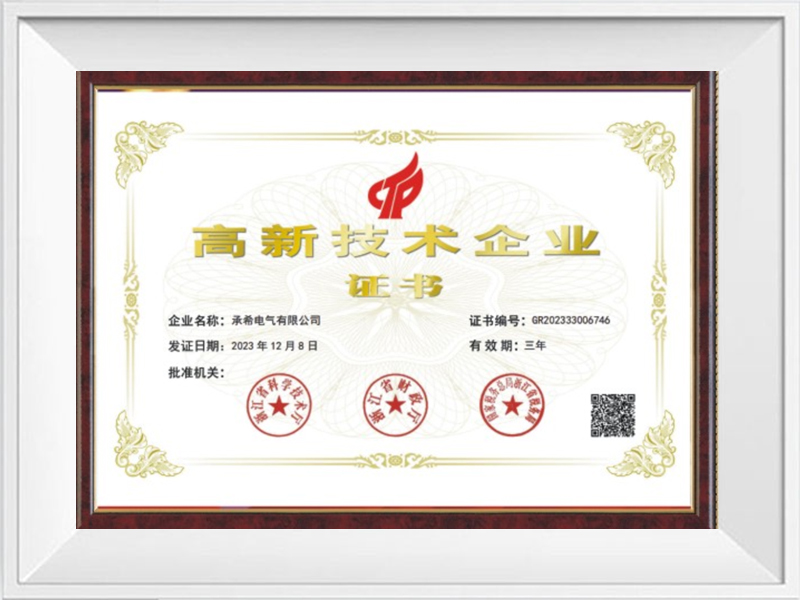

 +86-0577-62265555
+86-0577-62265555 
 281 Wei 15th Road, Yueqing Economic Development Zone, Zhejiang, China
281 Wei 15th Road, Yueqing Economic Development Zone, Zhejiang, China 